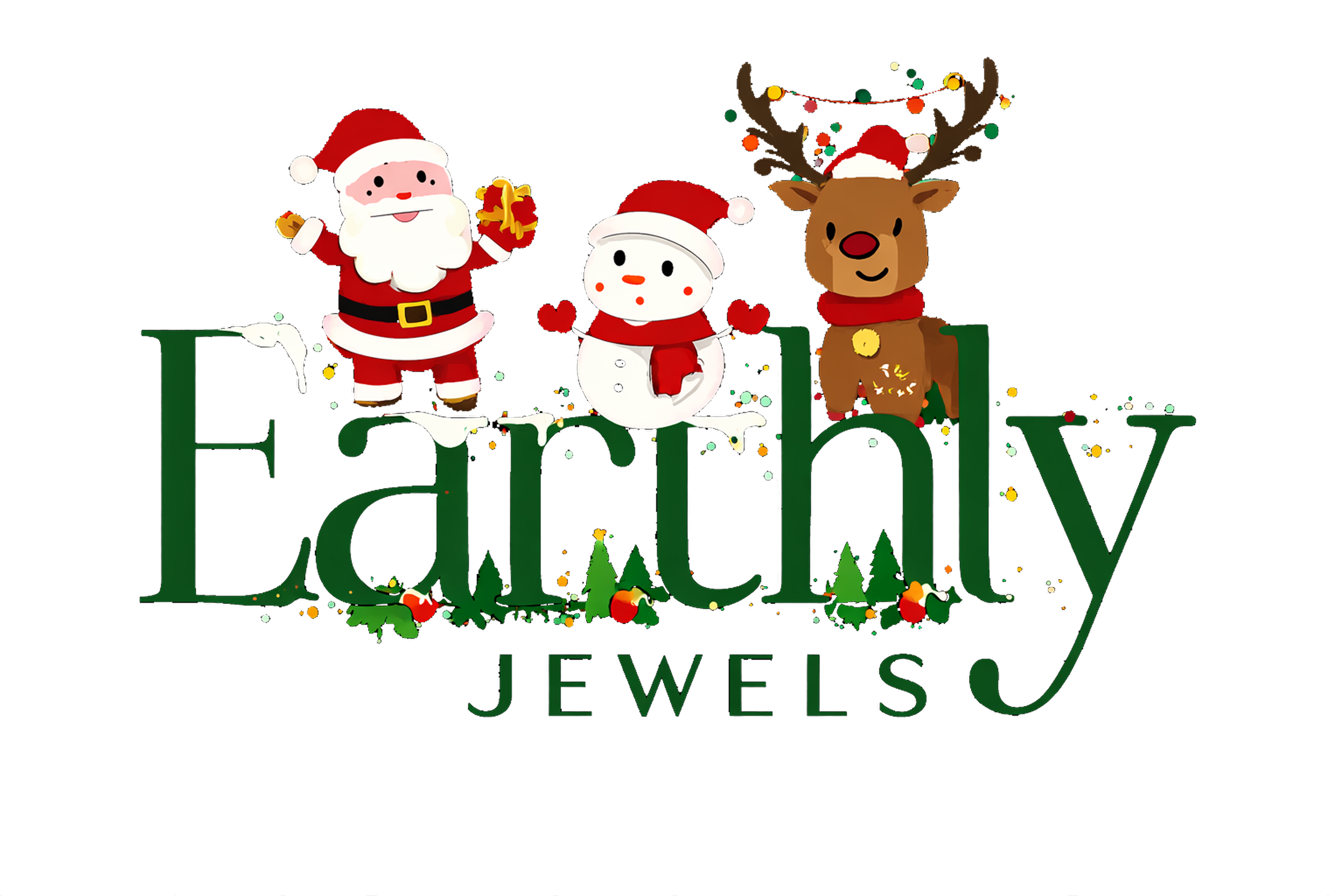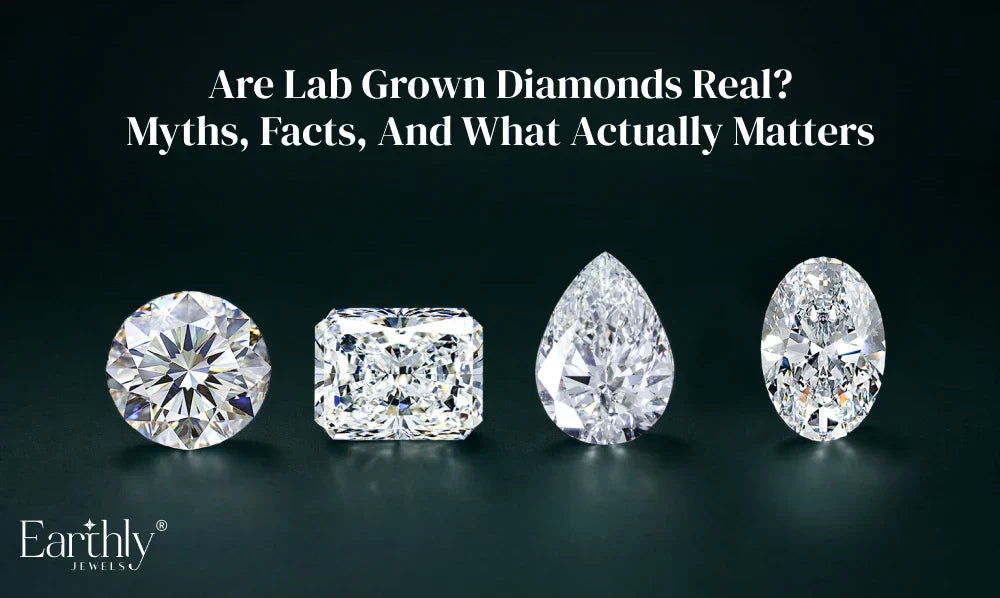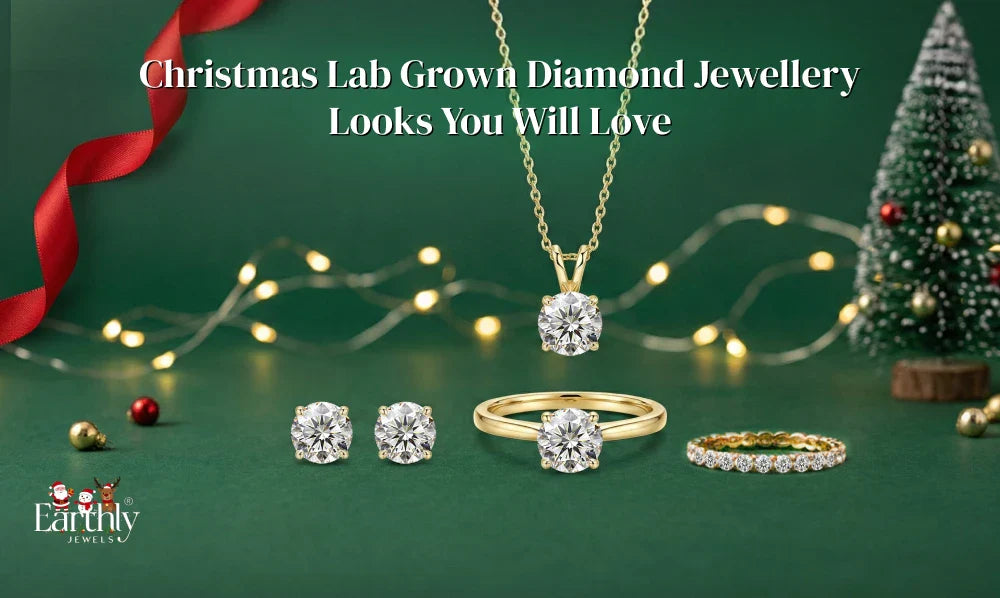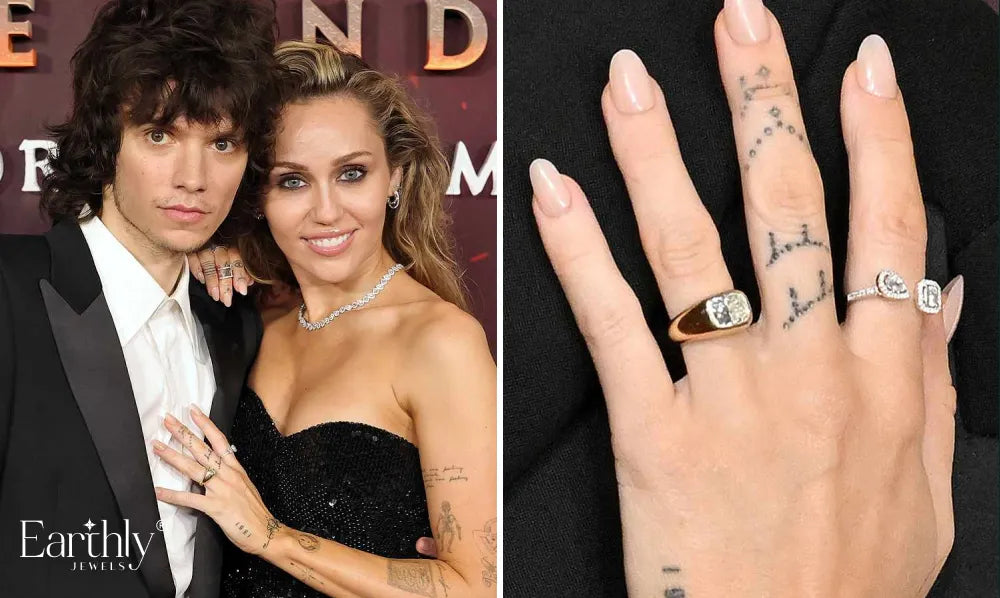
For a long time, diamonds have been considered a sign of wealth, beauty, and luxury. Diamonds are significant in domestic and commercial markets, whether featured in engagement rings or necklaces or used as investments. Because they are rare and have unique qualities, people want them. But because Genuine diamonds are so desirable, fakers come along to trick people into buying them.
Counterfeit diamonds are a growing concern, as fake stones can quickly be passed off as genuine. Although these fakes might look like Genuine diamonds, they lack the extraordinary qualities that make them unique. As a result, it’s important for anyone considering purchasing a diamond to know how to distinguish authentic stones from counterfeit ones.
This guide's practical checks and tips will help you spot Genuine diamonds, giving you the power to make smart, confident decisions about buying one.
Understanding the Basics of Diamonds

Diamonds are made under extreme pressure and temperature deep within the Earth's crust over millions of years. Diamonds come in two main types: wild and lab created diamonds. Naturally occurring diamonds are taken from the ground, while diamonds in a lab are made in controlled settings like those in nature. Both types of diamonds have the same physical traits, but lab created diamonds are usually less expensive because making them is more controlled.
To figure out if a diamond is real and how much it's worth, you should look at the 4 Cs, which are the main things that decide a diamond's quality:
Cut:
How a diamond is made and has its faces cut, which affects how bright and sparkling it is.
Color:
The presence of any color in a diamond, with the most expensive diamonds being colorless.
Clarity:
The number and visibility of internal flaws (inclusions) and outward imperfections (blemishes).
Size of the diamond, in carats, with bigger stones being more expensive in general.
Common Types of Counterfeit Diamonds

Different kinds of fake diamonds are often sold as real ones. Here are the most popular ones:
Cubic Zirconia (CZ):
A man-made jewel called cubic zirconia is often used instead of diamonds. Although the stone may look like a diamond, it is not as hard or bright as a real diamond. Because it's less expensive, people who aren't trained to see the difference often mistake it for a Genuine diamond.
Moissanite:
Moissanite is a naturally occurring mineral but not a diamond. Because it looks a lot like a diamond, it is often used as a fake. However, it has different optical properties. Moissanite displays more fire and brilliance than a diamond, making it appear more dazzling. But it has a different refractive index than diamonds; the proper tests can tell the difference.
Glass or Quartz:
Some fake diamonds are made from cheap materials such as glass or quartz, which are often cut and polished to look like diamonds. However, although they may look like diamonds, they are not as hard or durable as authentic diamonds.
Top Ways to Identify a Genuine Diamond
Identifying a genuine diamond requires careful observation and a few simple tests. Below are some effective methods to help you distinguish between real and fake diamonds.
The Water Test:
Water can help you tell if a diamond is real. Genuine diamonds are heavy and will sink to the bottom of a container, while many fake diamonds, like cubic zirconia, are lighter and may float. This test is quick and easy, but it isn't always accurate.
The Fog Test:
Another easy way to tell if a diamond is real is to breathe on it. The fog should disappear if it's a real diamond because diamonds are great at transferring heat. If it's a fake diamond, like cubic zirconia, the fog will stay on for longer.
The Scratch Test:
Diamonds are the most complex natural material, so they can scratch almost any surface, including glass. If the stone can scratch glass, it’s likely a genuine diamond. However, it is essential to be cautious with this test, as it can damage the diamond and the surface you're testing.
Inspecting the Setting and Mounting:
Genuine diamonds are typically set in high-quality materials like platinum or gold. Fake diamonds are often set in cheaper metals such as silver or alloy, which may be more prone to wear and damage. Checking the setting can provide clues about the authenticity of the stone.
Certified Grading Reports:
The best way to ensure a diamond is genuine is to request a certified grading report from a trusted organisation like the Gemological Institute of America (GIA) or the American Gem Society (AGS). These reports provide detailed information about the diamond’s 4 Cs and confirm its authenticity, giving you peace of mind when purchasing.
How to Use a Magnification Tool for Inspection

Using a jeweler's loupe or magnification tool is one of the most effective ways to inspect a diamond for authenticity closely. A loupe is a small, handheld magnifying lens that allows you to examine the finer details of a diamond that are not visible to the naked eye. Here’s how to use it:
Positioning the Loupe:
Hold the loupe close to your eye and place the diamond beneath it. Proper lighting is essential for seeing the details. Gently rotate the diamond under the magnification to observe all its sides.
What to Look For:
Imperfections and Inclusions:
Genuine diamonds often have tiny imperfections called inclusions. These are natural and occur during the diamond’s formation. Counterfeit diamonds usually lack these imperfections or may have artificial ones.
The "Diamond Fingerprint":
Many genuine diamonds have a unique pattern of inclusions, which can be considered a "fingerprint." No two diamonds have the same inclusions; spotting these can help identify authenticity.
Inspecting for Laser Inscriptions:
Some diamonds feature laser inscriptions on the girdle, the thin edge of the stone. These inscriptions are microscopic and can only be seen under magnification. They often contain the diamond’s certification number, proving authenticity.
Conclusion
Understanding how to identify a genuine diamond is essential to avoiding being deceived by counterfeit stones. This blog shares tips on performing simple tests, using magnification tools, and purchasing from reputable sources, which can help you make confident and informed purchasing decisions.
Before buying a diamond, constantly research the right questions. If you're unsure, consult with a trusted jeweler for professional advice. These steps ensure you invest in a genuine diamond or lab created diamond with lasting value and beauty.






Share:
Top Engagement Ring Trends for 2025
Styling Your Diamond Jewellery: How to Create the Perfect Look for Any Event